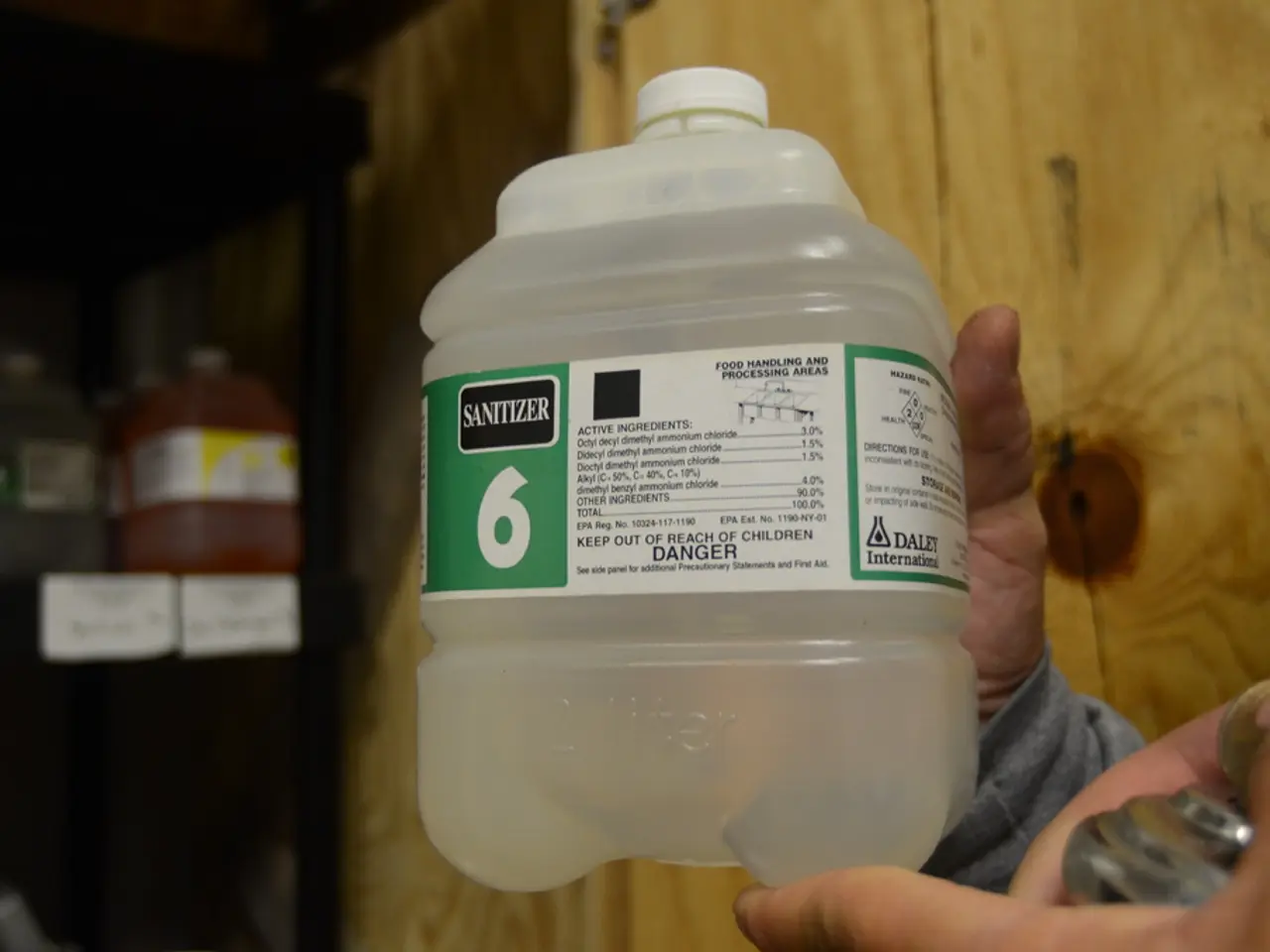Salmonellosis Explained: An In-Depth Look at the Causes, Symptoms, and Treatment of This Foodborne Illness
Salmonellosis is an infectious disease caused by the Salmonella bacteria, which are commonly found in the intestines of animals and humans. The disease is primarily associated with the consumption of contaminated food or water.
The incubation period for salmonellosis typically ranges from 6 hours to 6 days after exposure to the bacteria. Common symptoms include diarrhea, fever, abdominal cramps, nausea, and vomiting. If symptoms last more than three days, fever is high, signs of dehydration are present, or blood is found in the stool, it's important to seek medical attention.
Preventing salmonellosis is crucial, especially for vulnerable populations such as young children, the elderly, and those with weakened immune systems. Effective prevention tips include cooking food thoroughly, washing hands, avoiding cross-contamination, storing food properly, and practicing safe food handling techniques.
Improper food handling practices, such as inadequate cooking, cross-contamination, and improper storage, can increase the risk of salmonellosis. Foodborne transmission can occur through raw or undercooked poultry, eggs, meat, fruits, and vegetables, as well as dairy products like unpasteurized milk and cheese. Traveling to areas with poor sanitation or where food safety regulations are not strictly enforced can also increase the risk.
Animal-to-human transmission of salmonellosis can occur through contact with infected pets or livestock. Person-to-person transmission can occur through direct contact or contaminated surfaces. In rare cases, Salmonella bacteria can enter the bloodstream, leading to a serious condition known as bacteremia.
Some individuals may develop joint pain and swelling weeks after a salmonella infection (reactive arthritis), and in severe cases, antibiotics may be prescribed. Maintaining hydration is key in treating salmonellosis, as diarrhea and vomiting can lead to significant fluid loss.
In Germany, the coordination of salmonellosis surveillance is carried out by the Robert Koch Institute (RKI). Certain groups, including the elderly, infants, and individuals with weakened immune systems, are at a higher risk for severe complications from salmonellosis.
If you cannot keep fluids down due to persistent vomiting, it's crucial to get medical help. A fever over 102°F (39°C) may indicate a more severe infection. Severe dehydration, as indicated by dry mouth, dizziness, and decreased urination, requires immediate medical attention.
It's important to remember that this article provides general information and should not be used as a substitute for professional medical advice. Always consult a healthcare professional if you suspect you have contracted salmonellosis or any other illness.
Read also:
- Understanding Hemorrhagic Gastroenteritis: Key Facts
- Stopping Osteoporosis Treatment: Timeline Considerations
- Tobacco industry's suggested changes on a legislative modification are disregarded by health journalists
- Expanded Community Health Involvement by CK Birla Hospitals, Jaipur, Maintained Through Consistent Outreach Programs Across Rajasthan








